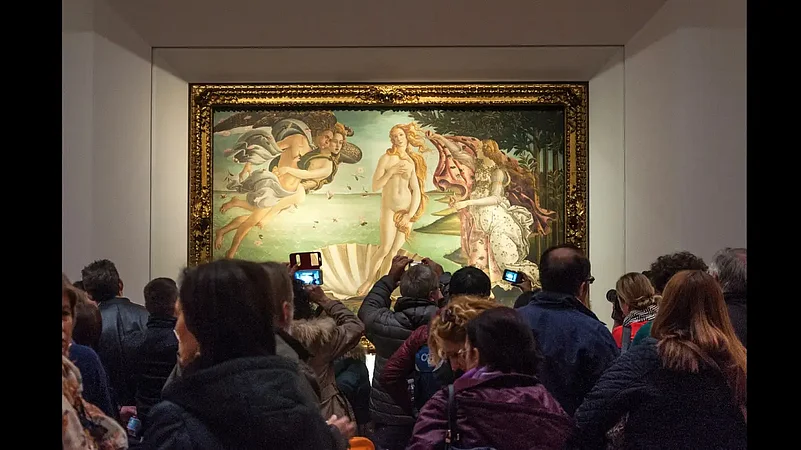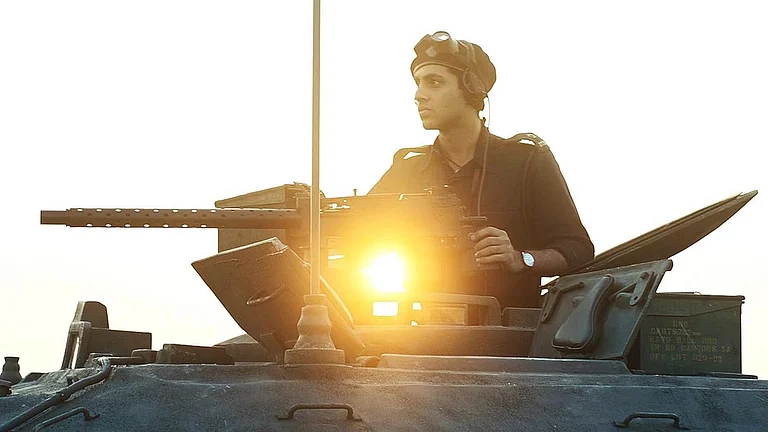Imagine the following scenario. You are touring one of the world’s greatest modern art galleries—the Uffizi Gallery in Florence, Italy. Surrounding you are some of the choicest, most exquisite and exalted masterpieces of Renaissance art—works by extraordinary artists such as Sandro Botticelli, Michelangelo, Leonardo da Vinci, Albrecht Dürer, Raphael, Titian, Caravaggio and more. What are the thoughts and feelings you may possibly experience in such company? Ecstasy? Sublimity?
Now, visualise yourself finally visiting a place that has, for long, ranked high in your travel bucket list and of which you have the highest expectations—Jerusalem or Paris, for instance. What are the chances that you may experience anything apart from the utmost happiness and/or fulfilment?
It may seem strange to many, but there are certain ‘travel syndromes’ that can turn such dreamlike situations into nightmares. Furthermore, they can trigger symptoms such as fierce heart palpitations and even cause panic attacks. And while it may be tricky to classify them separately as psychological or psychiatric disorders, that doesn’t make them any less real.
Enter the Stendhal Syndrome
The Stendhal Syndrome is named after the French writer Marie-Henri Beyle, better known by his pen-name Stendhal, who spoke of being seized by “ecstasy” as well as “a fierce palpitation of the heart” during his visit to Florence, the Tuscan capital in 1817. He further goes on to say that his visit was marked by a constant “fear of falling to the ground”.
Stendhal’s description elucidates, with a fair degree of accuracy, what a few visitors feel when visiting Florence and its galleries even today. Dizziness, hallucinations and even panic attacks are some of the additions to this list. However, it is not an easy disorder to diagnose, especially as a lot of these symptoms are also seen in other common ailments.

What explains this weird disorder? The jury is still out on the exact science behind it, but researchers and scholars are of the opinion that the occurrence of the Stendhal Syndrome may have something to do with the embarrassment of artistic treasures in Florence. Speaking to BBC, psychotherapists speak about Stendhal Syndrome being some kind of a “self-fulfilling prophecy”. The sense the therapists get while diagnosing the syndrome is that people have sky-high expectations of Florence—and when faced with its sheer brilliance, it all proves to be “too much” for them.
Similarities with Jerusalem Syndrome and Paris Syndrome
In this, the Stendhal Syndrome is akin to other psychosomatic conditions such as the Jerusalem Syndrome and Paris Syndrome. Jerusalem Syndrome is a psychotic disorder distinguished by “psychotic decompensation and messianic delusions” among those touring the holy city, who grow enamoured of it. Paris Syndrome—which has frequently been observed in the Japanese visiting Paris often for the first time—is more of a ‘culture-shock’ phenomenon whereby people with high expectations of a place become sorely disappointed with the reality. Breakdowns have also been reported among those visiting Paris.

***
Thankfully, neither Stendhal Syndrome nor Jerusalem or Paris Syndrome are common. Which means that the chances of you facing an unexplained nervous breakdown while viewing a Botticelli painting or during your visit to Paris and Jerusalem are quite low indeed. More importantly, one can breathe easy, for the benefits of travelling and viewing art far outweigh the respective dangers and harms caused by any incidental risks.

























